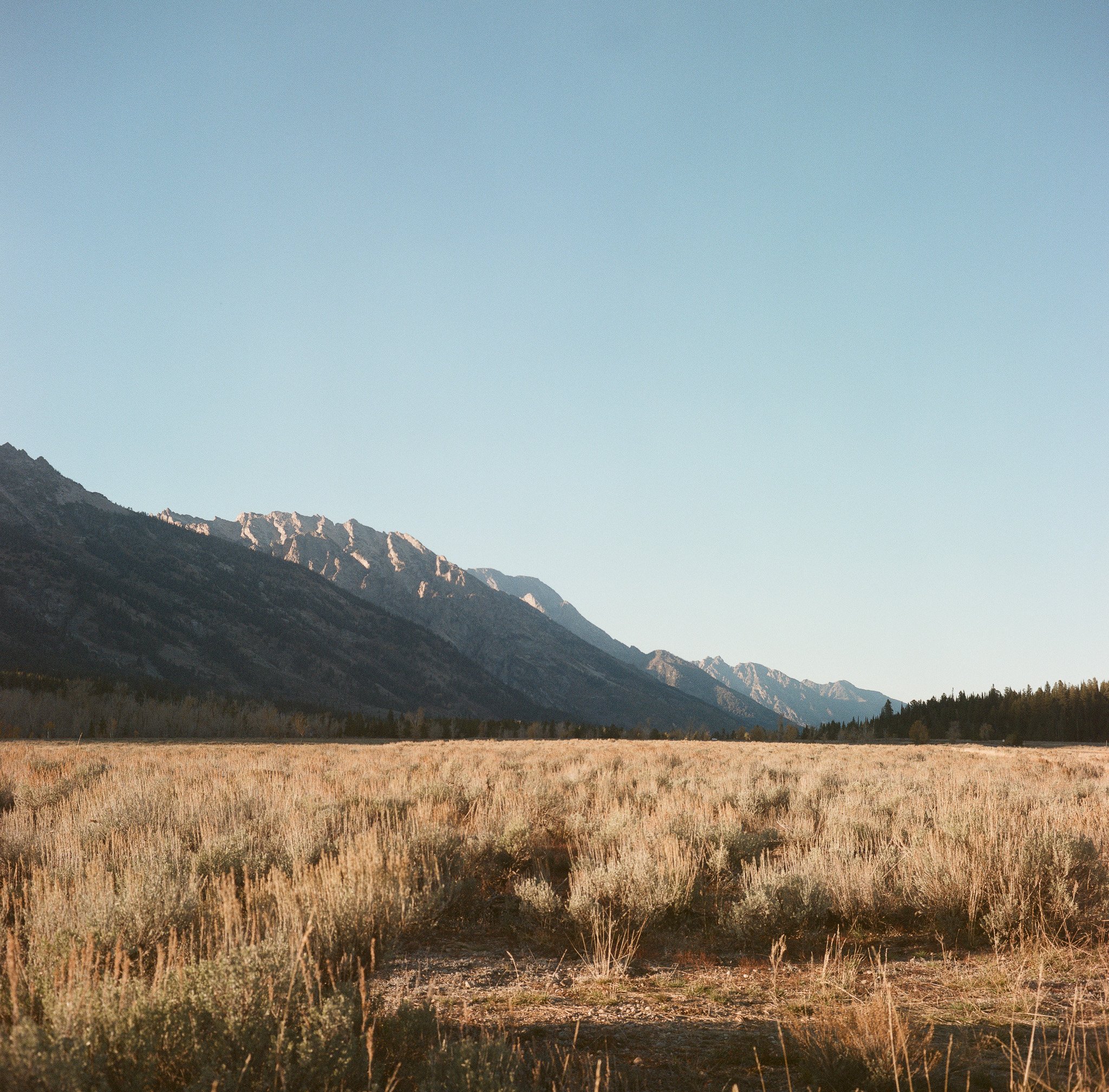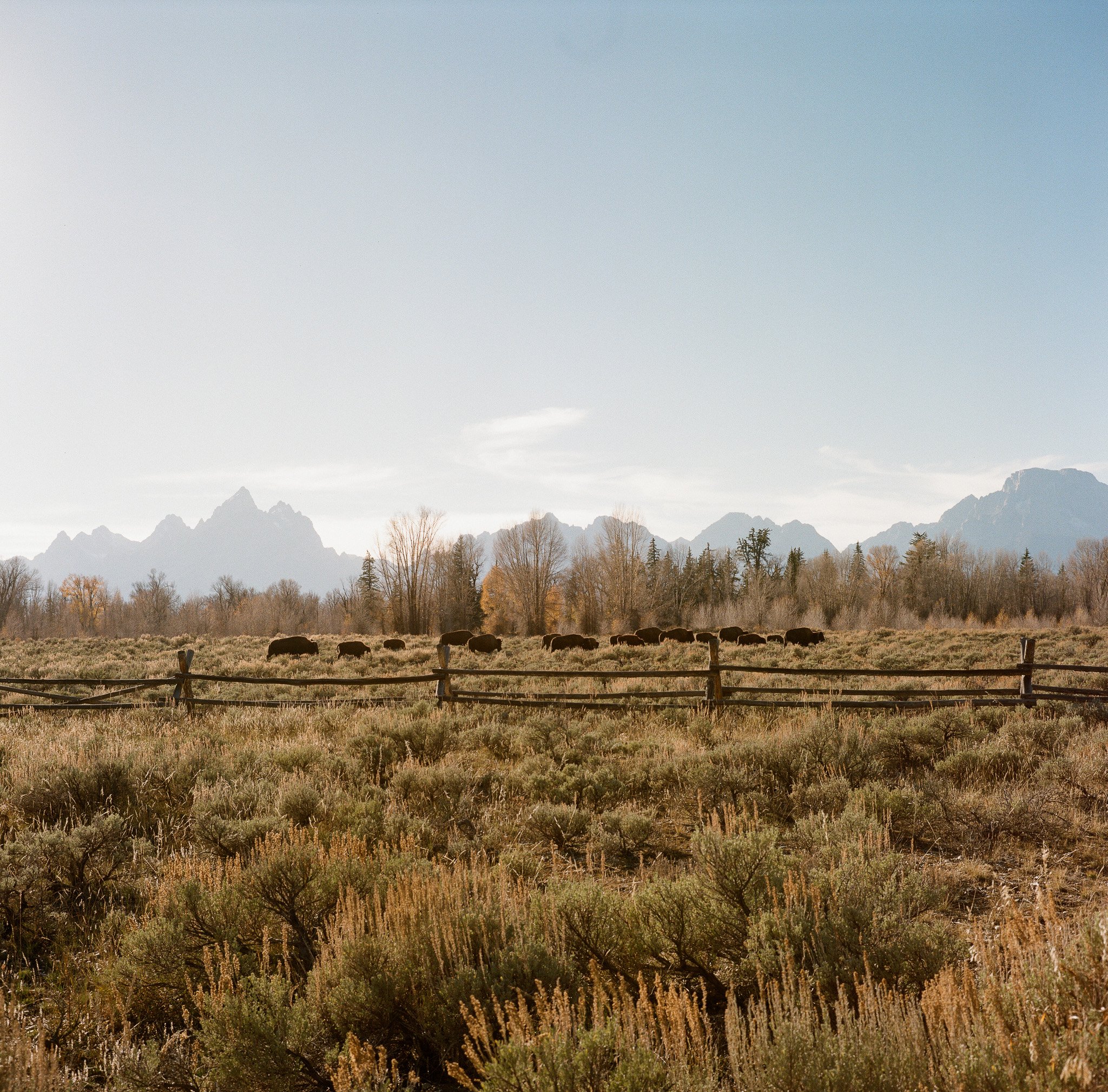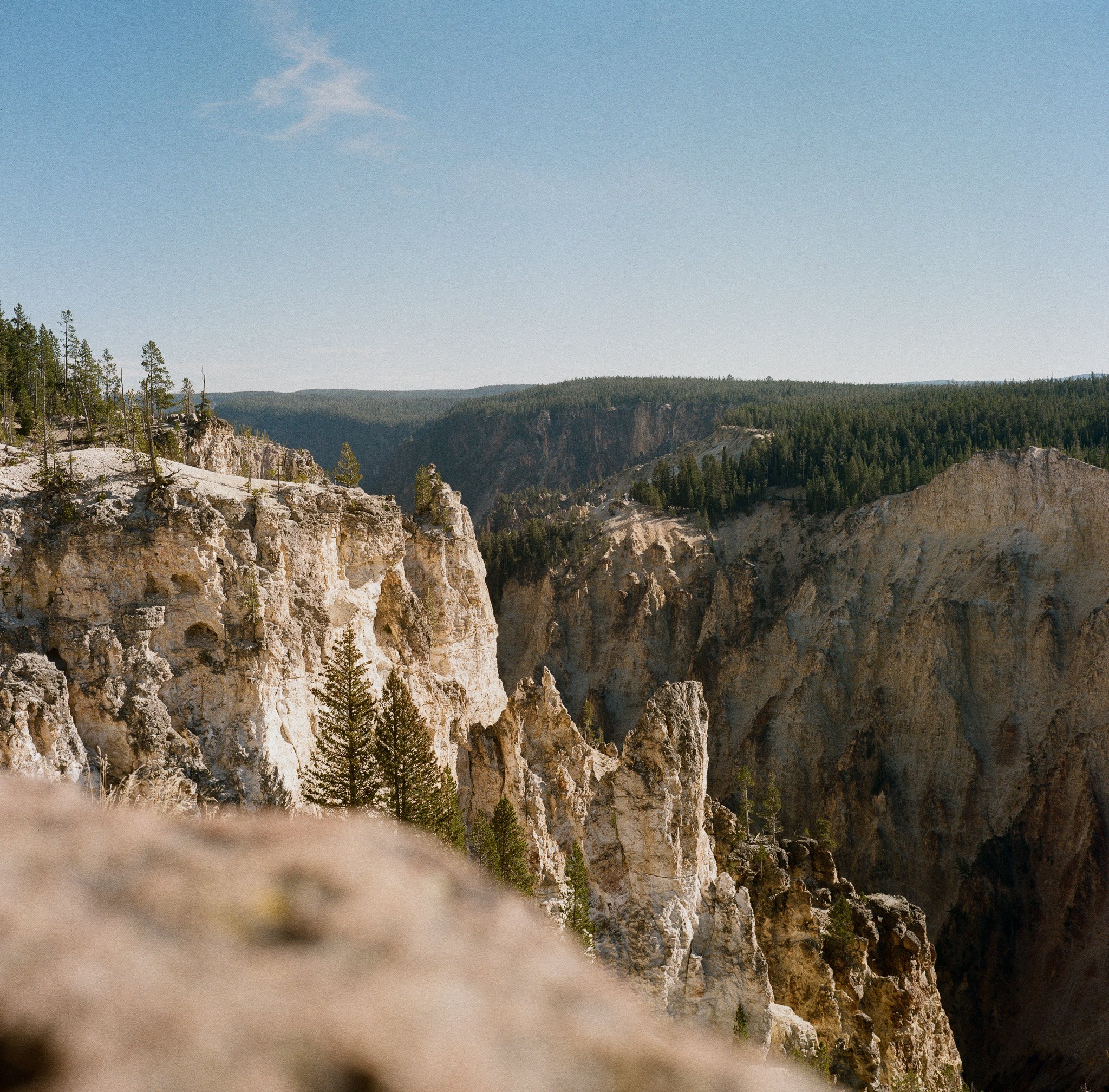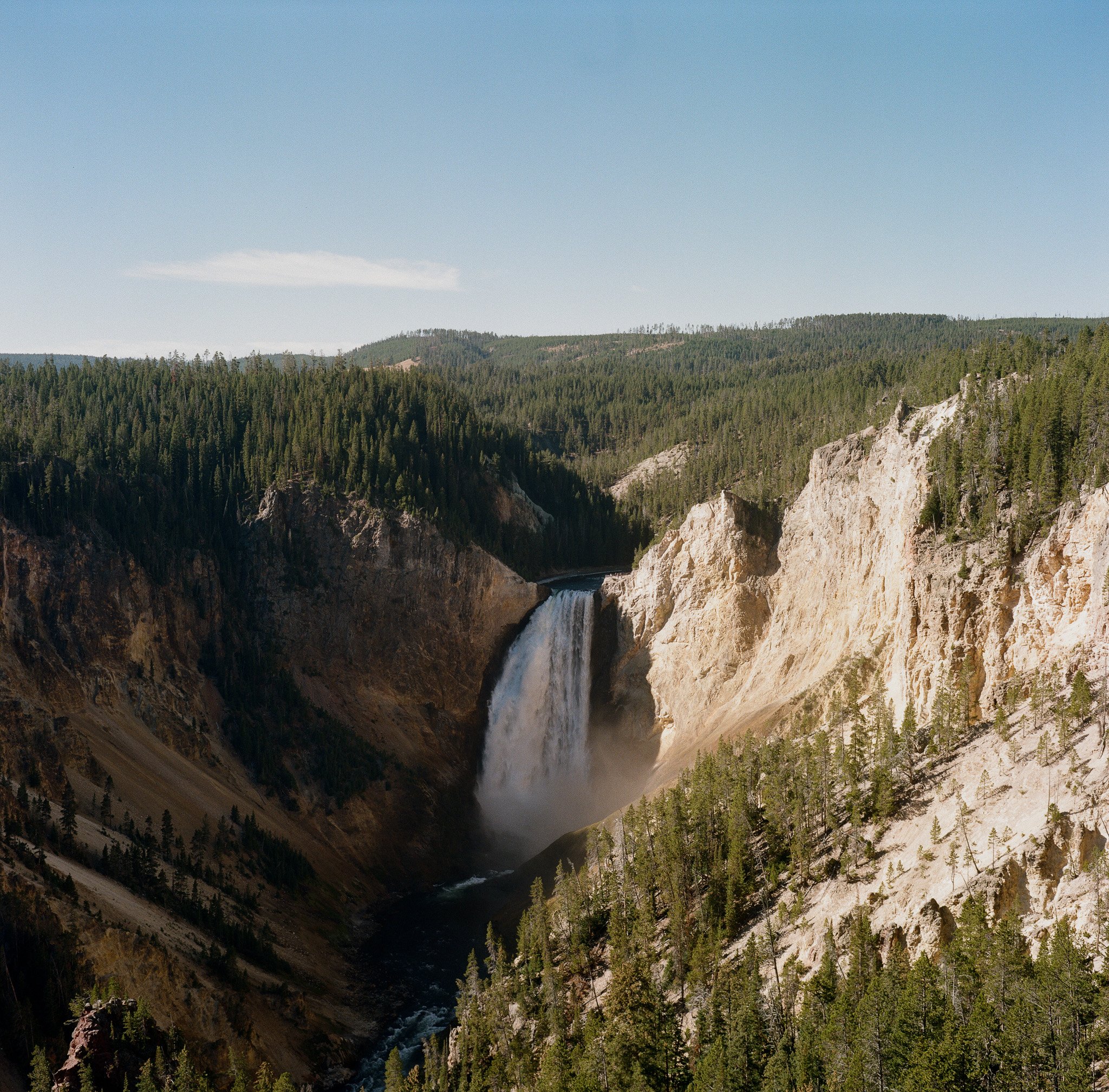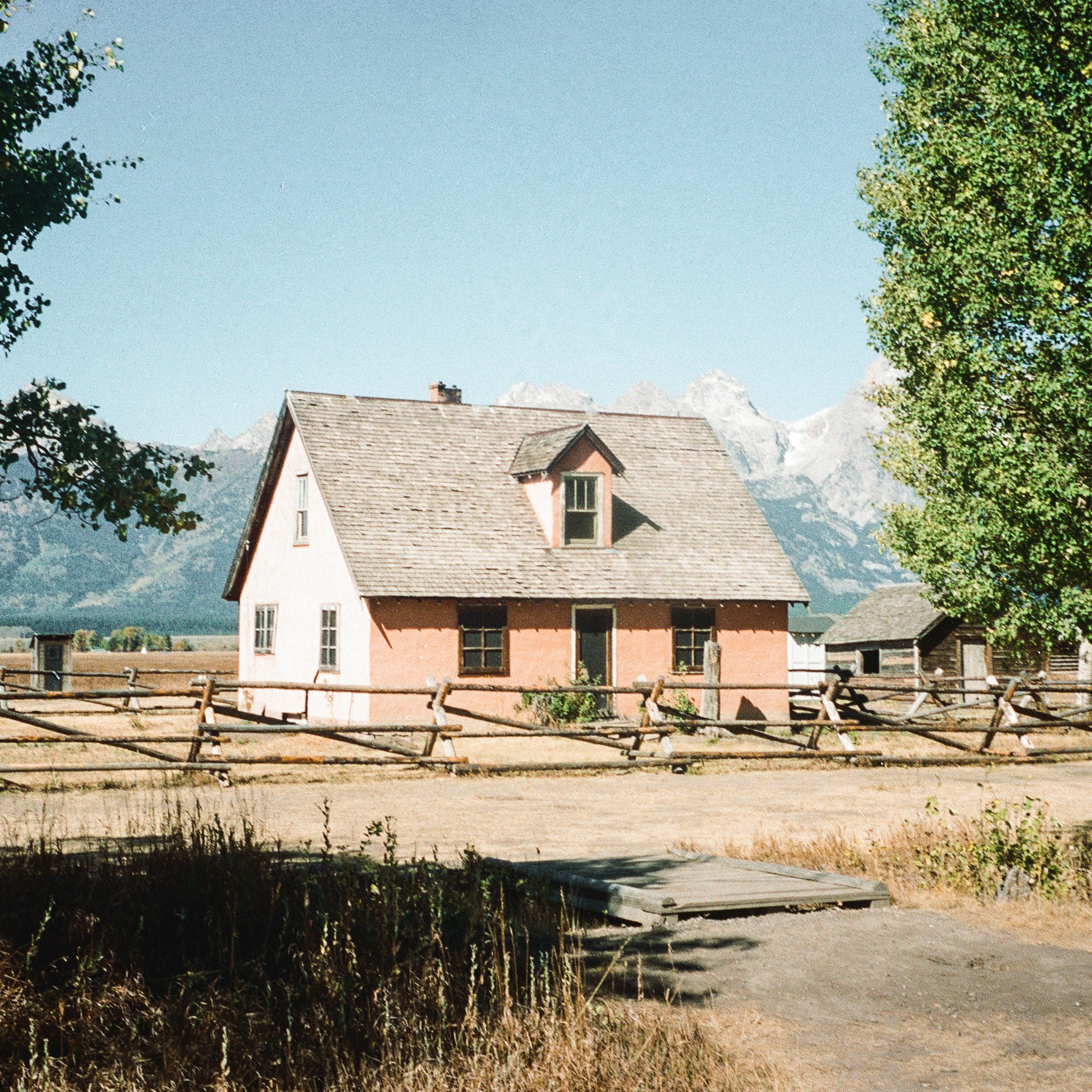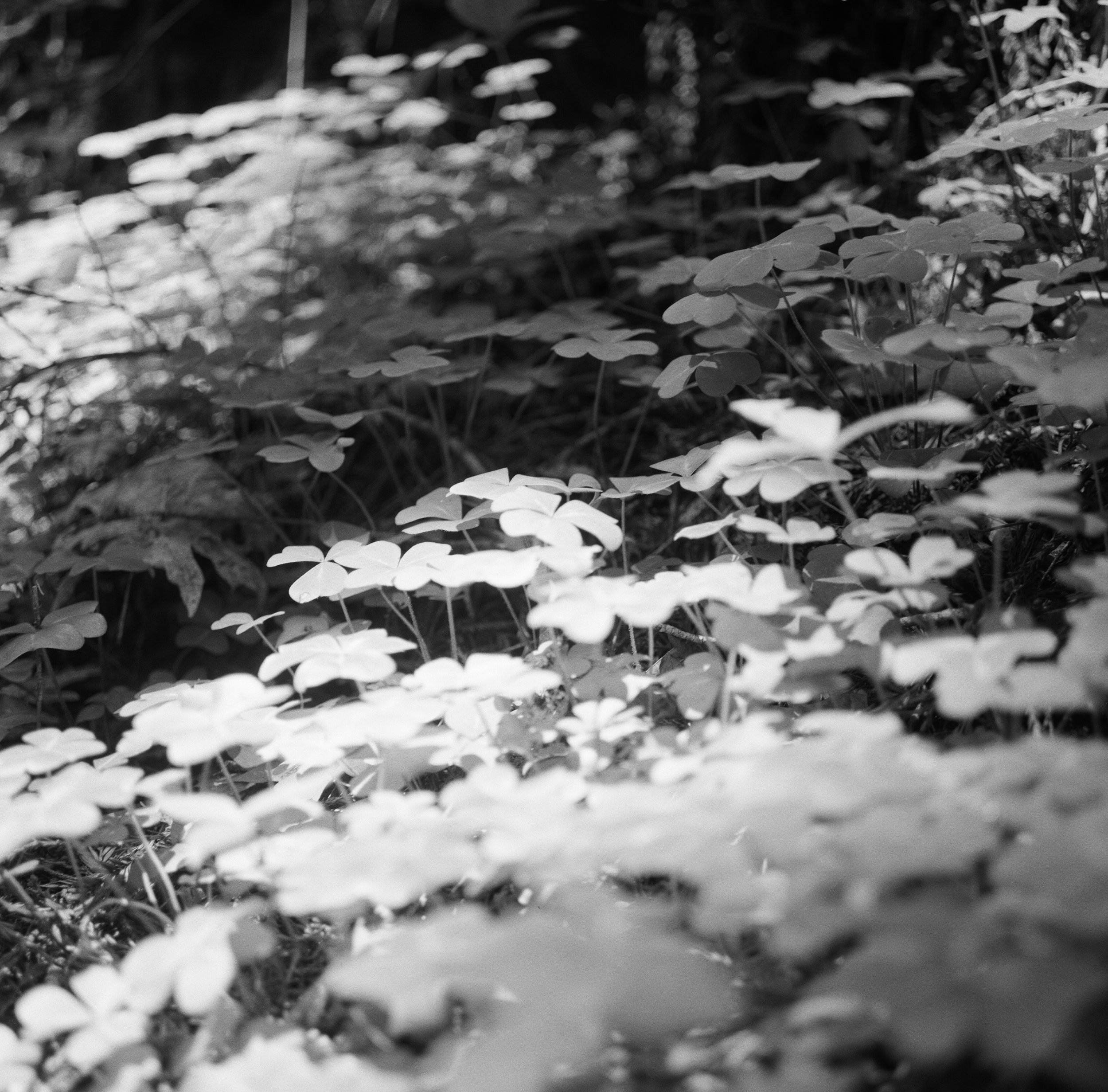The Actual Cost of Film Photography
When I got into photography, it was the very beginning of digital photography, and film was still very much the norm. I learned to shoot on film in high school, and loved it. Most of my photography was on my Canon SureShot 85mm, which is just a point and shoot. I still use it. But I also shot on a Nikon SLR, and an old Pentax as well. Back then, I worked at a small hobby shop and was able to get my film developed in-house super cheap, so I took pictures all of the time. In 2004, I used an old scanner at my college to digitize many of my photos from the late 90’s to early 00’s, and I probably need to go back and redo all of that because technology is much better.
Cloud inversion, 2001 in Austria on my old Canon SureShot.
Today, film is making a big comeback. I think there are three main reasons for this:
It’s slow, which is contrary to everything else in life.
It’s counter-culture. While everyone else is shooting digital, it’s something different you can do.
It requires thought. You can’t mindless shoot film as easily as you can with a digital camera. It’s nice to think.
All of that said, film has one big deterrent. It’s expensive. I’m going to break down how much every exposure costs me using the film stocks that I use. Disclaimer: I currently only shoot 120 film, so if you shoot 35mm film you may find different numbers. And for developing, I mostly use Indie Film Lab, so I’ll work their costs into the numbers below. I pay them $16/roll to develop and scan.
Kodak Vericolor III, expired in 2000
Kodak Vericolor III, expired in 2000
Kodak Gold 200
The True Costs of the Camera
I have two medium format film cameras that I shoot with. One is a Rolleiflex f/3.5, and the other is a Mamiya RB67. The Rolleiflex cost me around $800 when I bought it. It was clean, flawless working order, and had a brand new bright screen in it. The serial number dates is to 1956. The Mamyia RB67 belonged to my uncle who passed away in 1992. It’s a wild story how I ended up with this camera. If you want to hear it, check this out.
Both cameras give me different exposure counts on the same film stock. A roll of 120 film in the Rolleiflex will give me 12 exposures. That same roll in the Mamiya will give me 10 exposures, since it’s a different size. That’s because the Rolleiflex produces an exposure that is a 6x6 square, and the RB67 produces an exposure that is 6x7, a little larger.
Rolleiflex f/3.5
Mamiya RB67
The True Cost of Portra 400
Let me start with this film stock, because it is absolutely beautiful. If I just had one film to shoot, it would probably be this one. Let’s dive into the costs.
A five-pack of Kodak Portra 400 is currently $65.95. That translates to $13.19/roll + $16/roll to develop. That totals up to $29.19 total.
On the Rolleiflex @ 12 exposures, that’s $2.43 every time I press the shutter.
On the RB67 @ 10 exposures, that’s $2.92 every time I press the shutter.
Portra 400 on the Mamyia RB67
Portra 400 on the Mamyia RB67
Portra 400 on the Mamyia RB67
The True Cost of Kodak Gold 200
This has become more of a go-to film stock for me because it’s on the cheaper side of film, currently $44.95 for a five-pack. This translates into $8.99/roll + $16/roll to develop. This totals up to $24.99 total.
On the Rolleiflex @ 12 exposures, that’s $2.08 every time I press the shutter.
On the RB67 @ 10 exposures, that’s $2.50 every time I press the shutter.
The True Cost of Kodak Extar 100
This film stock isn’t one I use too often, but I do like it in certain conditions and locations. It’s currently priced at $54.95 for a five-pack. That translates to $10.99/roll + $16/roll to develop. This totals out to $26.99.
On the Rolleiflex @ 12 exposures, that’s $2.25 every time I press the shutter.
On the RB67 @ 10 exposures, that’s $2.70 every time I press the shutter.
The True Cost of Ilford 400
I love the idea of shooting black-and-white, but don’t do it as often as I’d like. That said, this film stock, like Kodak Gold, is on the cheaper side of film. It’s currently $39.95 for a five-pack. That translates to $7.99/roll + $16/roll to develop. This totals out to $23.99.
On the Rolleiflex @ 12 exposures, that’s $1.99 every time I press the shutter.
On the RB67 @ 10 exposures, that’s $2.40 every time I press the shutter.
Final Thoughts
Of course, none of this pricing included taxes or shipping the film to get developed. Modestly add 12% to the numbers above and you’ll probably get fairly close to the all-in number.
One area to cut those costs are to develop at home. I actually develop all of my 35mm film at home. I spent around $300 several years ago getting everything I needed - the tank, darkroom bag, bottles, tools, and scanner. I mix the chemicals on my stove, store them in bottles to reuse them, and develop at home. It’s pretty cool, actually, but requires really good accuracy and attention to detail to get it right. I feel stressed doing this each time, and would much rather send it in to a professional. That said, it is nice to save some money and develop (no pun intended) a skill.
To shoot film, you really have to feel it’s worth it. I don’t shoot film nearly as much as I’d like, but hope to shoot more film in the next year. I just loaded up on film and even got a little mini-fridge to store it in. For me, film is worth the costs because it’s a completely different experience than shooting digital. There is no run-and-gun. It’s slow and articulated. Every time I press that shutter I have an expense. Wasting a shot is literally wasting money.
If you’re a film shooter, specifically medium-format, I’d love to hear your thoughts and experiences. Drop a comment or shoot me a DM and share your milage.




